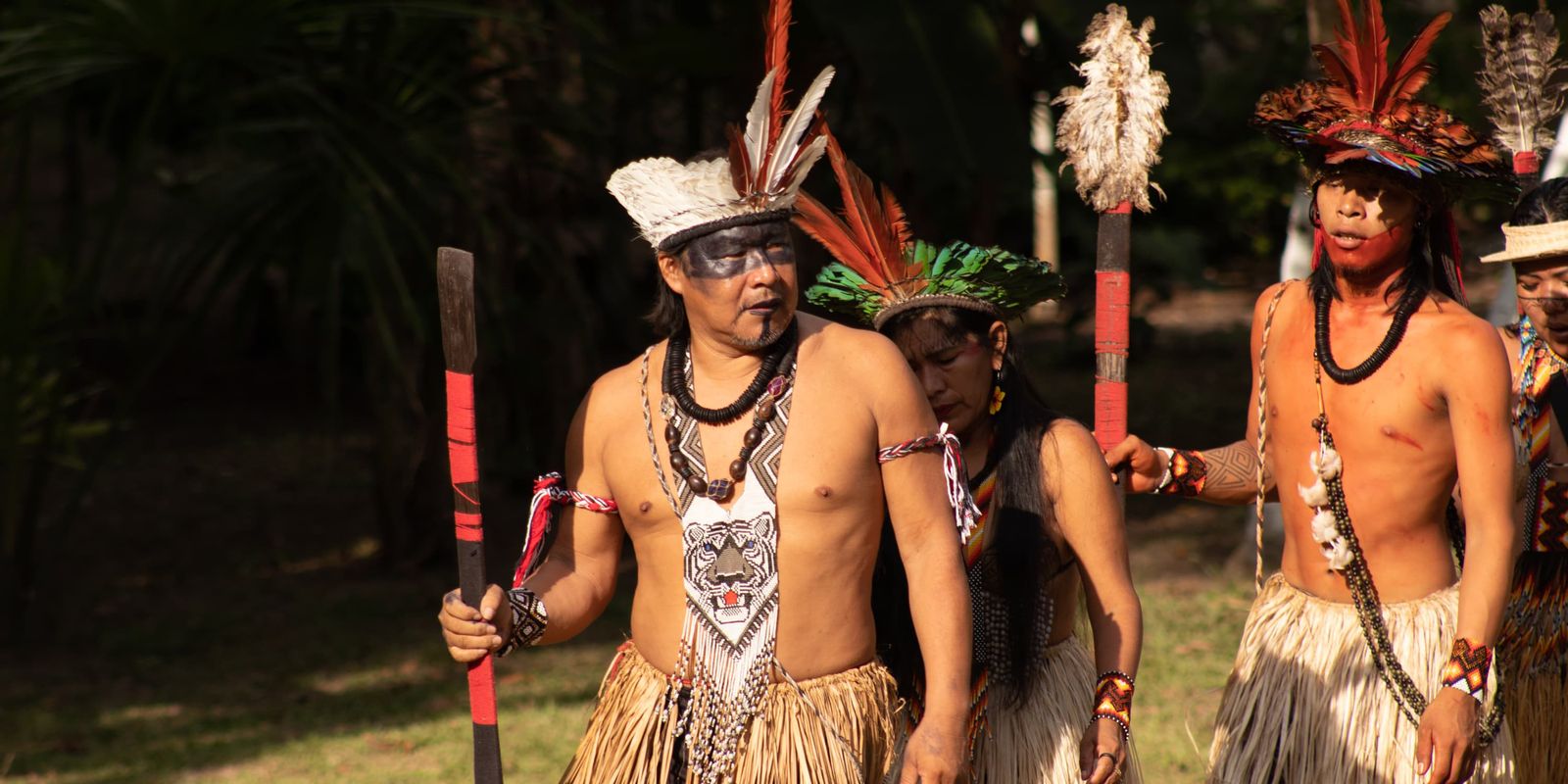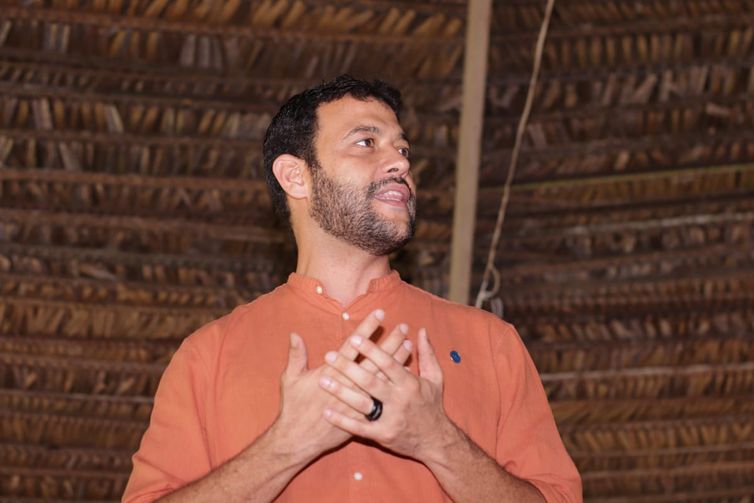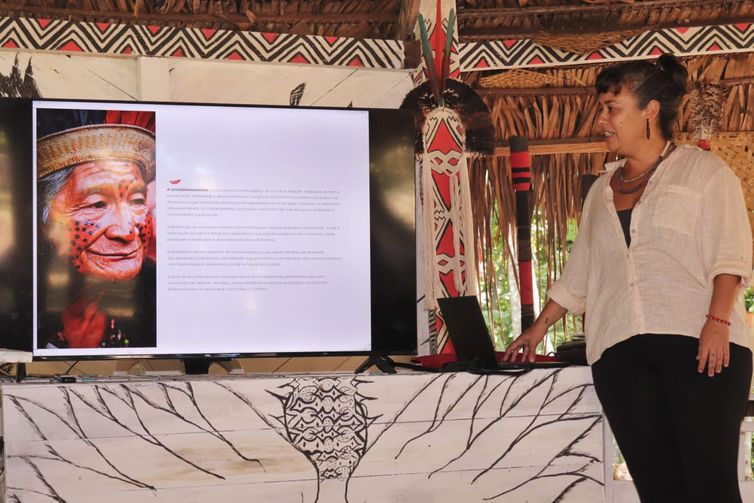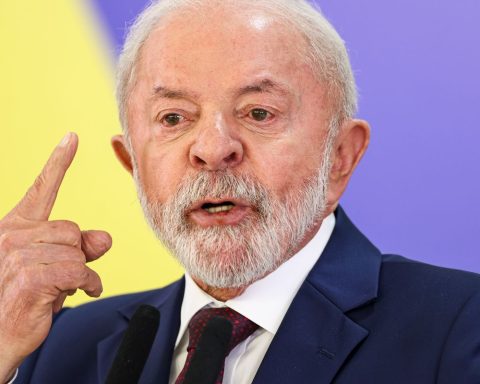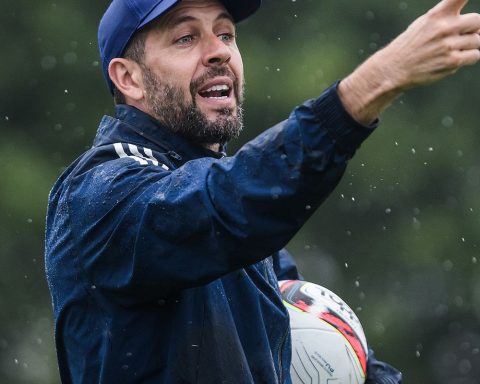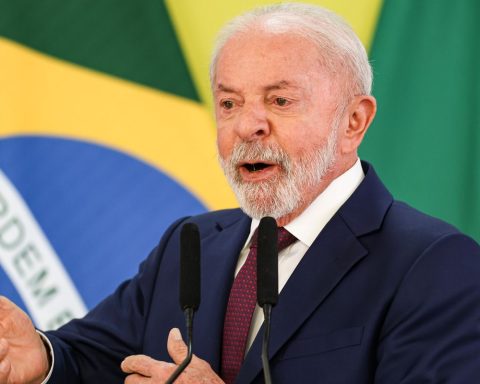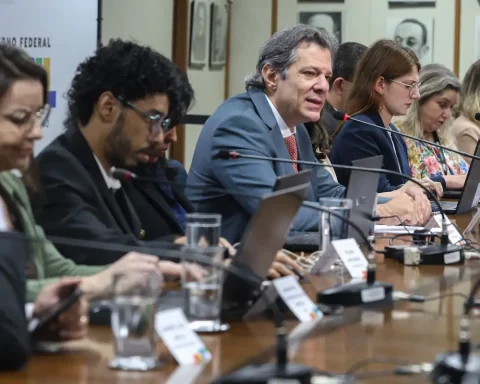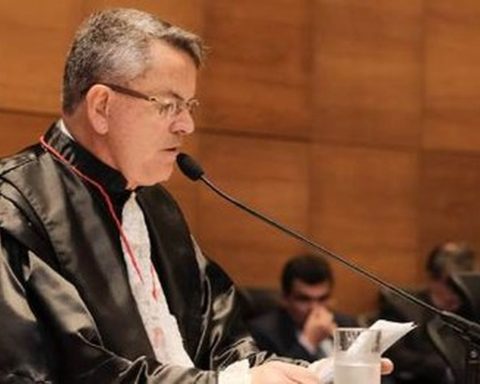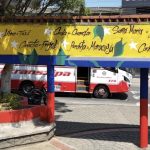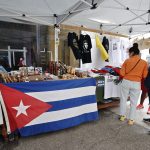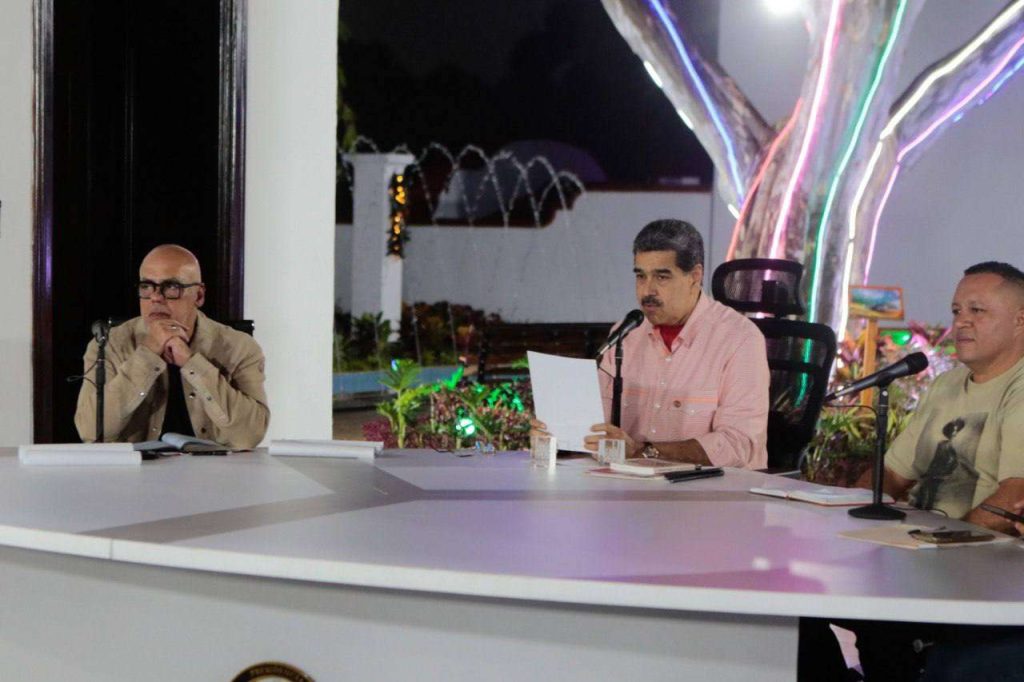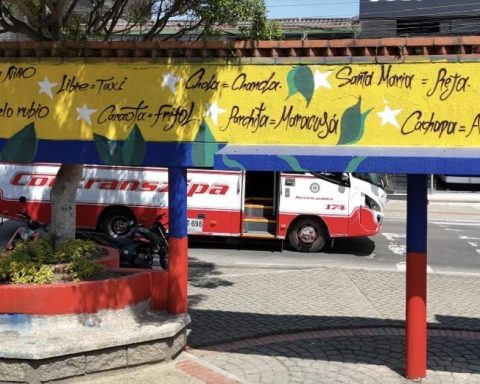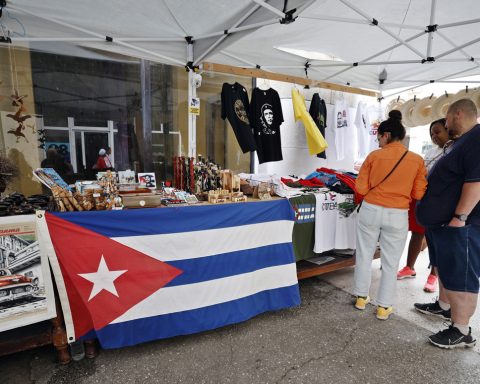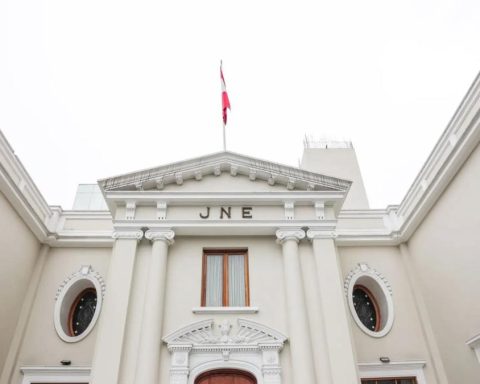The potential and challenges of sustainable visits to indigenous territories were presented this Wednesday (4), during the launch of the Diagnosis of Ethnotourism in the Legal Amazon, in the municipality of Feijó, in Acre. The study was launched at a ceremony in the Katukuna Kaxinawá Indigenous Land, of the Shanenawa people and was developed by the Samaúma Institute at the request of the Ministry of Development, Industry, Commerce and Services (MDIC).
According to the Secretary of Green Economy, Decarbonization and Bioindustry, Rodrigo Rollemberg, the data generated by the diagnosis will serve as a scientific basis in structuring the chain of community-based tourism services in the Indigenous Territories of the Legal Amazon. “Based on the contacts made and the systematized information, technical visits will be structured with appropriate protocols, to support the development of public policies, good practices and the possible structuring of Ethnotourism Routes”, he explains.
According to the general coordinator of Amazon Production Chains, at MDIC, João Francisco Maria, the structuring of these routes enables the economic development of the region in a sustainable and fair way. “The condition for this chain to exist is environmental preservation, so we see in this economic potential, within the great umbrella that is the bioeconomy, the possibility of reconciling preservation with development. Furthermore, it is a much more distributive model, one resident runs a guesthouse, another runs a community restaurant, another becomes a guide. So, this is tourism that benefits the entire community”, he says.
Visits
With nine states of different sizes and hundreds of ethnicities that occupy 23% of its territory, the Legal Amazon has experienced a growing movement of visitors interested in learning about the culture, food, rituals of the people and the natural beauty of the Indigenous Lands. An estimate by the Samaúma Institute, based on data from official bodies, points to a 30% increase in the number of visitors interested in ethnotourism in the period between 2018 and 2023, with 60% of this public being Brazilian.
Based on this demand, the Samaúma Institute team studied 14 tourism initiatives in Indigenous Lands present in five of the nine states of the Legal Amazon, from 23 ethnicities. Based on field visits and a report with 150 questions, he analyzed the results achieved by people who already receive visitors in their territories and generate income from tourism in their communities.
According to the leader of the diagnostic team at Instituto Samaúma, Lana Rosa, the study came up with a diversity of scenarios for the development of the service chain in the region, with initiatives that constitute the basis of the economy of entire populations and others that still exist in tourism. community-based, a form of supplementing the income of members of a given territory. In common, among the potentials, are the vocation. “Tourism happens naturally within communities in different aspects. That of hospitality; the attractions, which are many; the cultural issue is an attraction, the food; nature. So, many phases of tourism happen very fluidly within territories”, he says.
Regarding the challenges, Lana pointed out the difficulty of indigenous peoples in treating tourism as a business. “We identified that administrative and financial management is a bottleneck for these communities. Both due to the distance from the territories to the cities, the difficulty in accessing a bank, the difficulty in accessing the internet itself, having support from an accountant, legal advice”, he explains.
Good practices
Lana explains that community-based tourism is not a tourism sector like ethnotourism, or cultural tourism, for example, but rather a management model. For this reason, the study also resulted in a Good Practice Guide. “So, we decided to work with this entrepreneurial aspect, to look at these community-based tourism initiatives as community businesses, as small enterprises, and provide some practical guidance so that these communities can become more empowered in these management aspects themselves”
The manual was structured into three steps of instructions to guide the initiatives. The first brings together guidance on how to carry out a diagnosis for a community-based tourism initiative on indigenous land and deals with identifying potential and evaluating infrastructure, for example. The second step is about transparency and community consent; and the third step provides guidance on creating a visitation plan itself.
United Nations
During the launch, the representative of the United Nations Development Program (UNDP), Elisa Calcaterra, positively evaluated the Brazilian government’s initiative to structure the production chain in the country. “It is important for the communities that receive tourists, it is important for the forest, for the conservation of the ecosystem, it is also important for the whole of Brazil to experience this exchange of knowledge with other countries, also with tourists who arrive here with respect for the communities and to nature to learn about and share experiences”, he concludes.
*The reporter traveled at the invitation of the Samaúma Institute and the Ministry of Development, Industry, Commerce and Services
